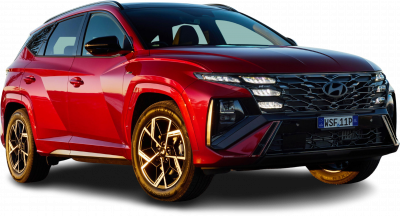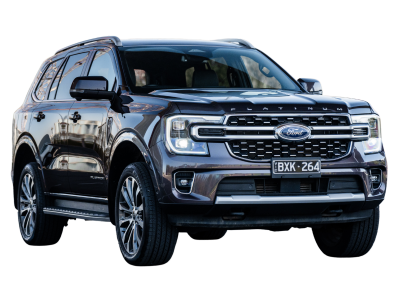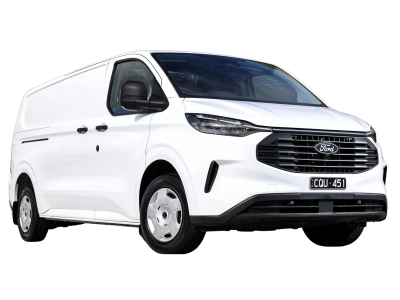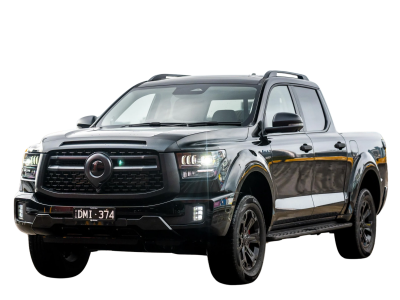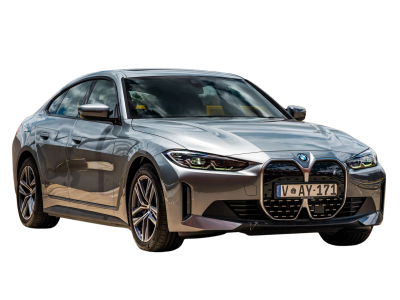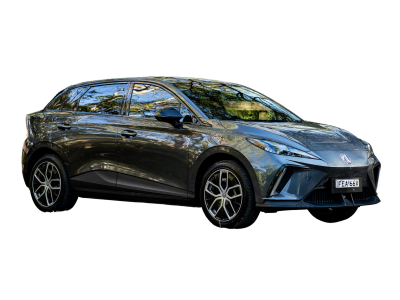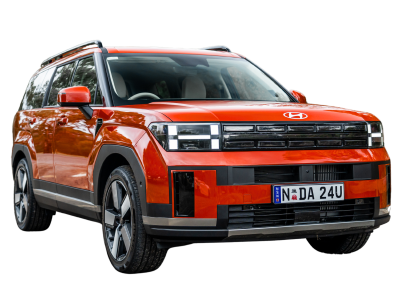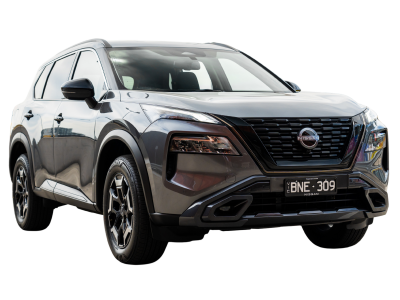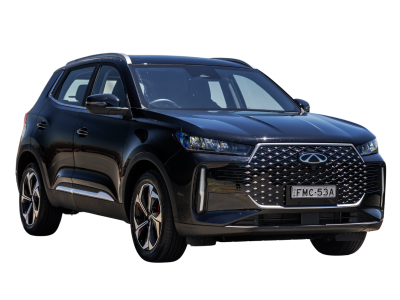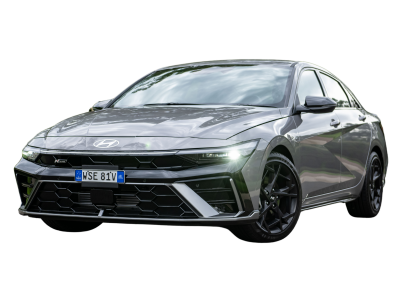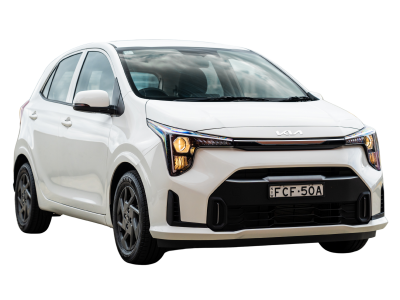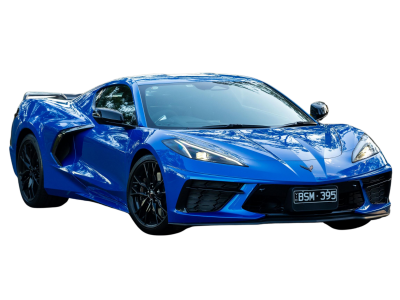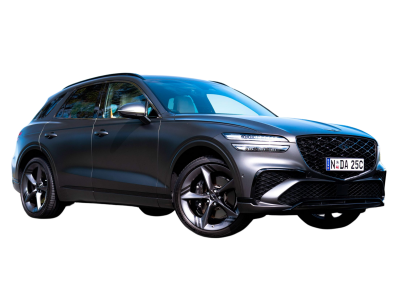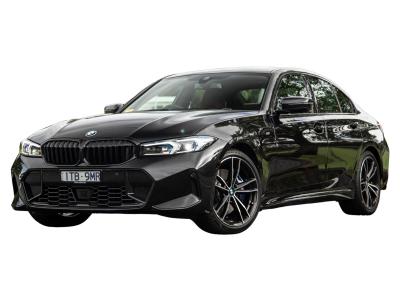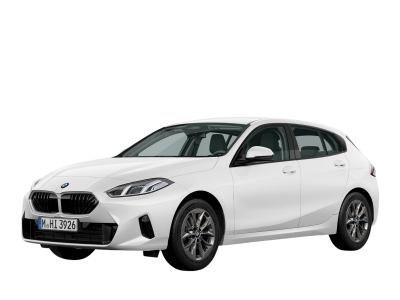See the Best Off-Road and Specialised Vehicles in each category
Specialised and off-road vehicles serve unique purposes in the Australian auto landscape, from transporting large families in comfort to conquering the country's most challenging terrain. These purpose-built machines excel at specific tasks that mainstream vehicles simply can't handle, whether that's carrying eight passengers on long family trips or navigating remote outback tracks with confidence.
Australia's diverse landscape and lifestyle demands create unique vehicle requirements that only specialised machines can meet. From people movers that prioritise passenger comfort and space to off-road SUVs engineered for genuine capability off the beaten track, these vehicles prove that sometimes you need the right tool for the job.
Here are the specialised and off-road vehicle categories that showcase the most capable purpose-built options for Australian conditions.

